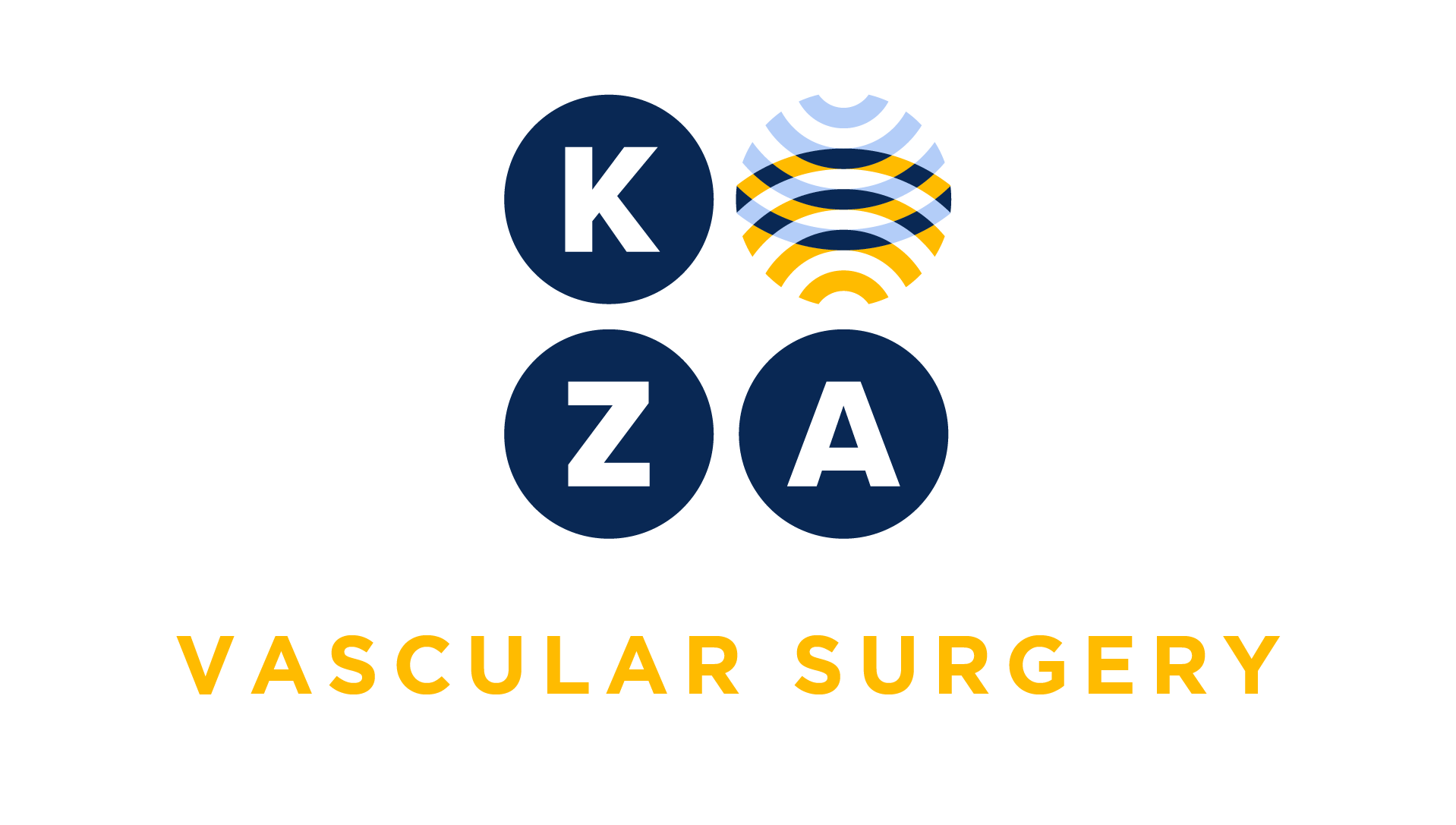
Choose your specialty from the list below to see how our experts have tackled a wide range of client questions.
Looking for something specific? Utilize our search feature by typing in a key word!
Medicare High Risk Criteria in Carotid Stenting
What does Medicare consider high risk to support a stent instead of a carotid endarterectomy (CEA)?
Question:
What does Medicare consider high risk to support a stent instead of a carotid endarterectomy (CEA)?
Answer:
Patients at high risk for CEA are defined as having significant comorbidities and/or anatomic risk factors (i.e., recurrent stenosis and/or previous radical neck dissection) and would be poor candidates for CEA in the opinion of a surgeon. Significant comorbid conditions include but are not limited to:
- congestive heart failure (CHF) class III/IV;
- left ventricular ejection fraction (LVEF) < 30%;
- unstable angina.
- contralateral carotid occlusion;
- recent myocardial infarction (MI);
- previous CEA with recurrent stenosis ;
- prior radiation treatment to the neck; and
- other conditions that were used to determine patients at high risk for CEA in the prior carotid artery stenting trials and studies, such as ARCHER, CABERNET, SAPPHIRE, BEACH, and MAVERIC
Billing FEVAR with a Physician-Modified Endovascular Graft ( PMEG)
We use a Physician-Modified Endovascular Graft (PMEG) for our FEVAR procedures. Do we have to bill this with an unlisted code?
Question:
We use a Physician-Modified Endovascular Graft (PMEG) for our FEVAR procedures. Do we have to bill this with an unlisted code?
Answer:
No, use of a PMEG does not require billing as an unlisted code. Use the existing FEVAR codes based on endograft coverage and number of fenestrations.
Billing Diagnostic Angiograms with Lower Extremity Interventions
Are diagnostic angiogram billable with a lower extremity intervention, such as an atherectomy or stent? I’ve been told they are bundled.
Question:
Are diagnostic angiogram billable with a lower extremity intervention, such as an atherectomy or stent? I’ve been told they are bundled.
Answer:
That is a common misunderstanding. Diagnostic angiograms are separately billable during a lower extremity intervention such as an atherectomy or stent intervention if no prior adequate diagnostic angiogram is available to the physician. For example,
- no previous angiogram is available,
- the prior angiogram is not adequate to diagnose the disease or
- the patient’s condition changed either since the last angiogram or during the procedure.
Document if any of these situations exists and code the diagnostic angiogram(s) with a 59 modifier (or XU) to indicate that there was no adequate diagnostic angiogram available. And remember Medicare considers a CTA to be equivalent to a catheter-based angiogram. So if a Medicare patient had a CTA that met the physician’s diagnostic purposes, a diagnostic angiogram would not be billable in addition to an intervention.
Documenting Assistant Surgeon
When acting as an assistant surgeon, should I dictate a separate operative note?
Question:
When acting as an assistant surgeon, should I dictate a separate operative note?
Answer:
No. In a scenario with a primary and assistant surgeon, only the primary surgical dictates the operative note. Importantly, in that note, the specific role of the assistant must be documented. This should be more specific then, Dr. Jones assisted in a complex surgery. The specific activities performed must be documented. For example, Dr. Jones assisted with the exposure, vessel clamping , anastomoses of the inflow and outflow vessels.
EVAR and Co-surgery
My vascular surgeon partner and I performed an EVAR together. Is this reported as co-surgery?
Question:
My vascular surgeon partner and I performed an EVAR together. Is this reported as co-surgery?
Answer:
Co-surgery is defined as two surgeons doing distinct and separate parts of a single CPT code. The intent is that the two surgeons have different skill sets; be of a different surgical specialty. You and your partner jointly performing an EVAR, would be reported as primary and assistant.
Billing an Aortogram with a Renal Angiogram
An aortogram and renal angiogram are performed and documented. Can both be billed?
Question:
An aortogram and renal angiogram are performed and documented. Can both be billed?
Answer:
No, an aortogram is included in the renal angiogram. Report only the renal angiography, 36251, unilateral or 36252, bilateral for selective catheter placement ( in the main renal artery).
| 36251 | Selective catheter placement (first-order), main renal artery and any accessory renal artery(s) for renal angiography, including arterial puncture and catheter placement(s), fluoroscopy, contrast injection(s), image postprocessing, permanent recording of images, and radiological supervision and interpretation, including pressure gradient measurements when performed, and flush aortogram when performed; unilateral |
| 36252 | bilateral |

